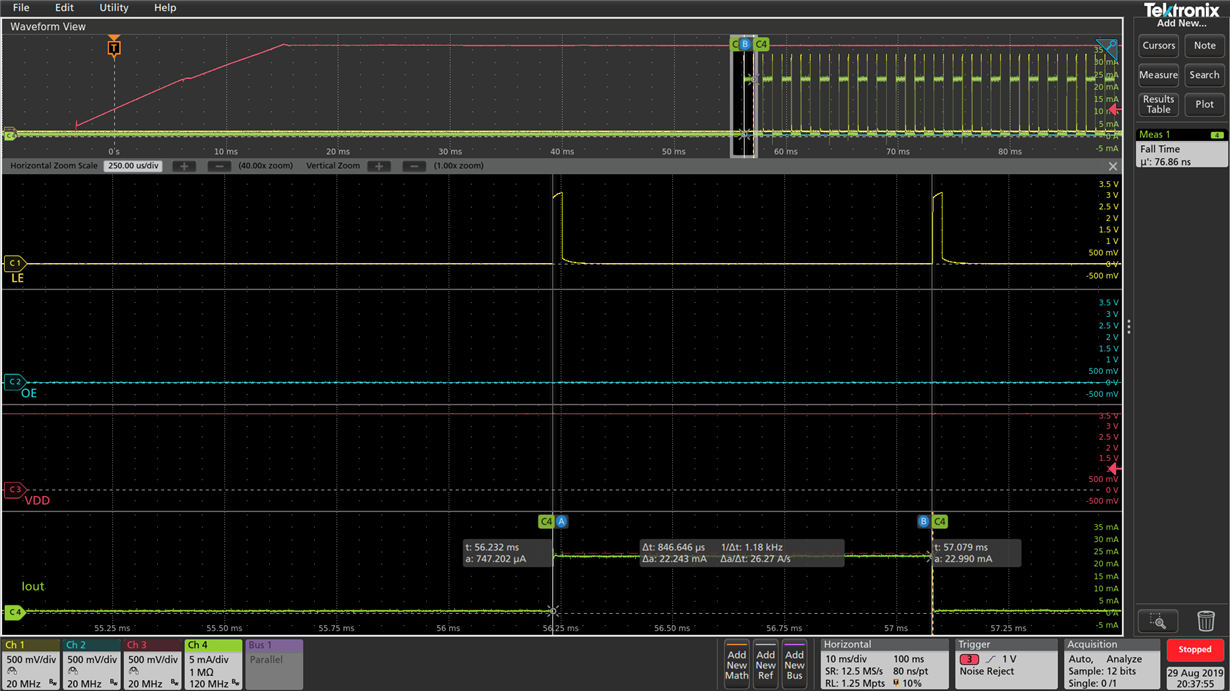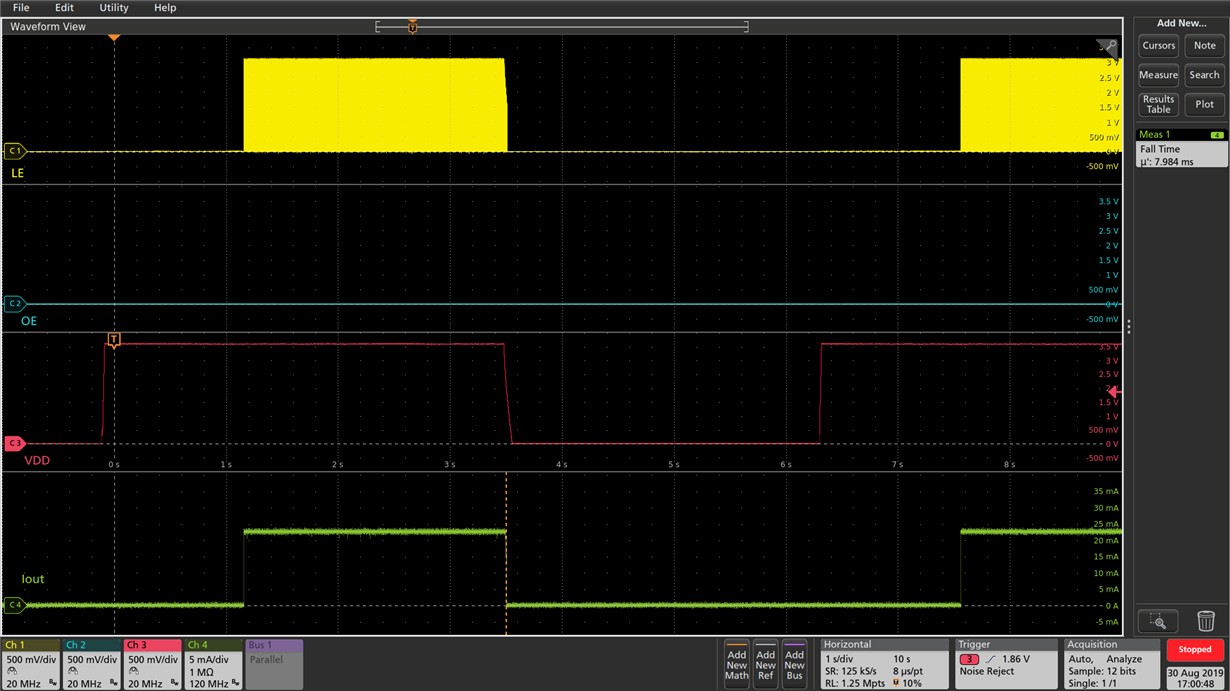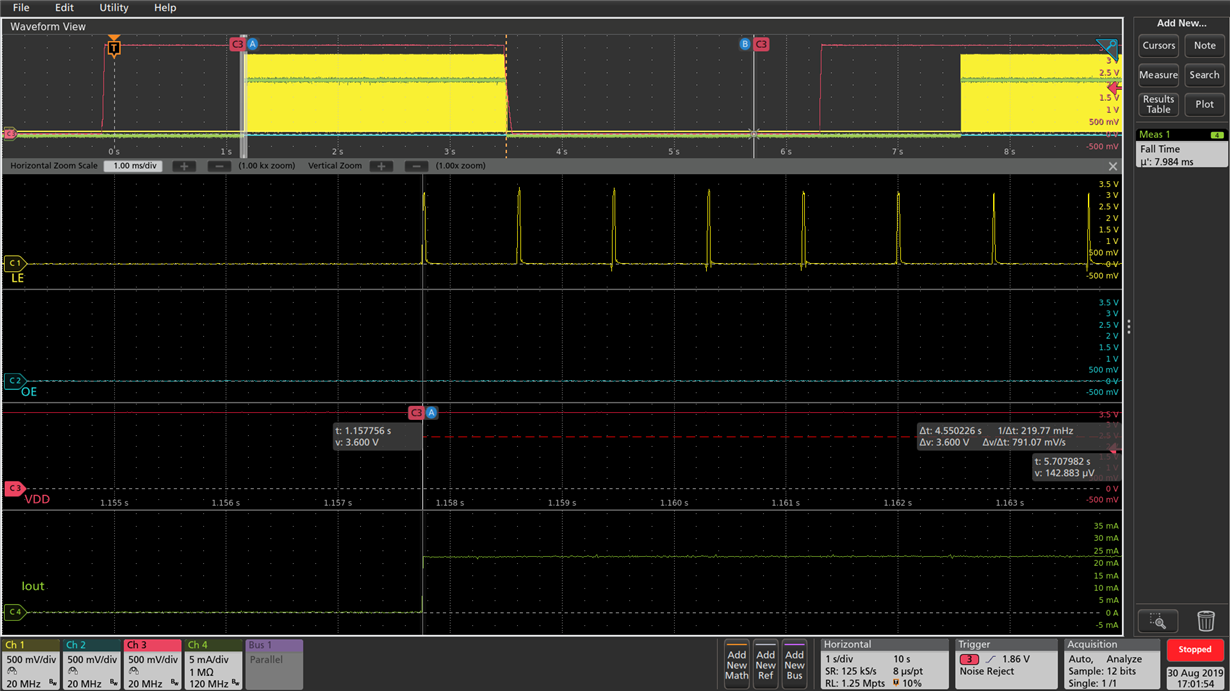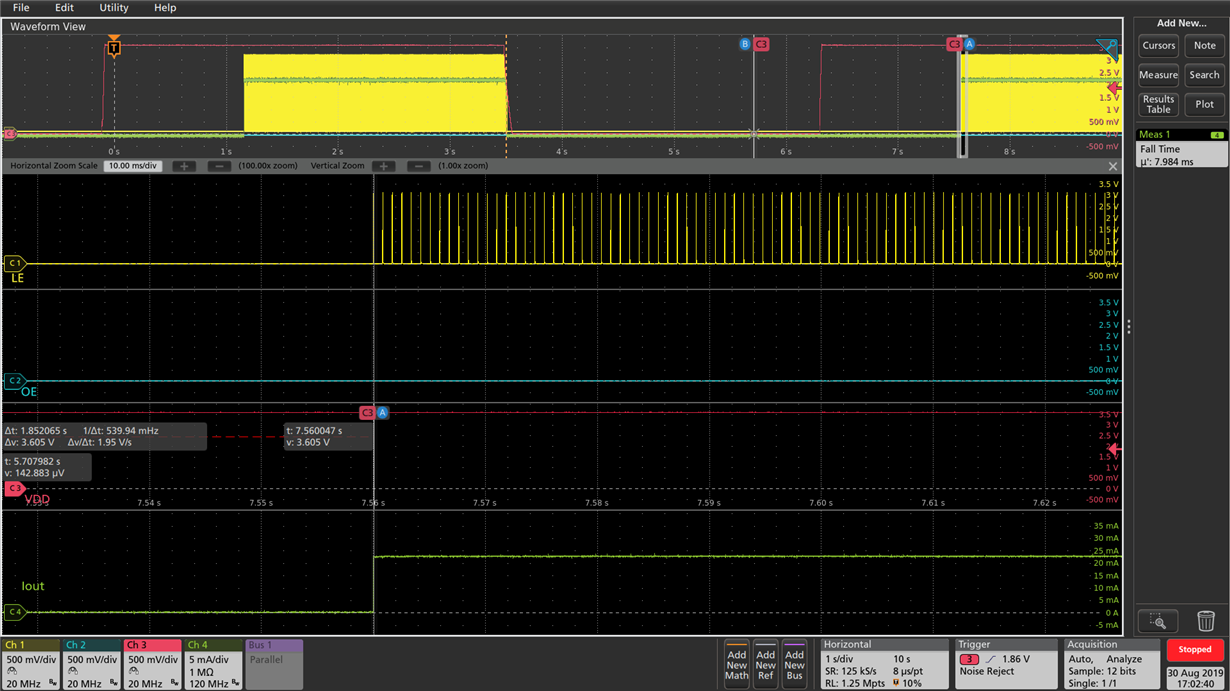When the TLC5925 powers up, what state is the output latch? I would like to avoid the need to control the !OE pin with a uC and instead tie it right to ground, but I don't want the outputs to be on unexpectedly when the device powers up initially.
-
Ask a related question
What is a related question?A related question is a question created from another question. When the related question is created, it will be automatically linked to the original question.







